Phonics Teaching Resources
Make teaching phonics easy with printable phonics worksheets, activities, games and more designed for primary teachers.
This collection of Australian curriculum-aligned teaching resources has been carefully reviewed by our expert teaching team to make sure every resource is classroom-ready — so we can make your lesson planning easier!
New to teaching phonics, or just looking for new ways to engage your students? Read on for a primer from our teacher team!
What Is Phonics?
You've likely heard the word 'phonics' thousands of times throughout your own education and maybe on one of those old as from the '90s. But what is phonics, exactly?
Phonics is technically defined as the systematic instruction of the relationships between letters and sounds in written language. But that's a mouthful, isn't it? More simply, phonics is the word we use to refer to the method of teaching reading by focusing on the relationship between written letters and the sounds they represent.
In phonics, kids learn how to decode written words by recognising the sound-symbol correspondence.
Phonics vs. Phonemic Awareness
When we start talking about letters and their sounds, we start to wander into phonemic awareness territory. So what's the difference?
The words phonics and phonemic are similar, and the two concepts are — surprise, surprise — related. But there are key differences.
Phonemic awareness is essentially the ability to identify and manipulate individual sounds — aka phonemes — in spoken language. It's those individual sounds and their correspondence to the letter symbols that can be used by kids to then decode written words.
So students learn to recognise the individual sounds of spoken language (phonemes) and how these sounds can be represented by letters (graphemes) in written language. Then they apply this knowledge to decode written words by understanding the sound-symbol correspondence.
Consider this example:
- Let's say your student can identify the separate sounds in a spoken word such as 'cat' (i.e., /k/ /a/ /t/). That's phonemic awareness.
- Now let's say you're teaching that same student that the letter 'c' represents the /k/ sound and that the letter 'a' represents the /a/ sound, and that these sounds combine to form the word 'cat.' That's phonics!
How to Teach Phonics in Primary School
OK, you probably already know that phonics is all about teaching word recognition via grapheme-phoneme associations and letter-sound correspondences.
It’s a means of teaching early readers the pieces that make up a word so they can blend them together to decode the English language as readers and writers.
But how do you teach it?
In the earliest stages, phonics instruction typically begins with teaching students the most common letter-sound relationships. You start with consonants, then move on to vowels, then consonant blends.
Students then learn to sound out words by decoding the letters and blending the sounds together to form words.

Phonics Vocabulary Terms to Remember
The English language system is one of the hardest to teach and learn, so how do you teach phonics? Let’s start with the phonics vocabulary.
- For starters, there are 26 letters that create approximately 44 phonemes, the word for the individual speech sounds that make up words. Put together, phonemes make words. OK, easy enough, right?
- Well, these phonemes can be written in more than 200 different letter combinations, known as graphemes. Graphemes can be made up of 1 letter (such as 'p' in 'pig'), 2 letters (such as 'gh' in ghost), 3 letters (such as 'igh' in night), or 4 letters (such as 'ough' in rough).
- Then there are digraphs or two letters that work together to make one sound — such as “ph” in graph. But wait, isn’t that a grapheme? Yup, a digraph is a type of grapheme.
- So is a trigraph, trigraphs, aka three letters that work together to make one sound, such as 'dge' in edge.
- And if you’re teaching phonics, you can’t forget dipthongs, the name for a sound that is formed by the combination of two vowels in a single syllable, such as 'ou' in loud.
Most students will spend foundation, year 1 and even year 2 getting a handle on all phonics elements!
- Plus Plan
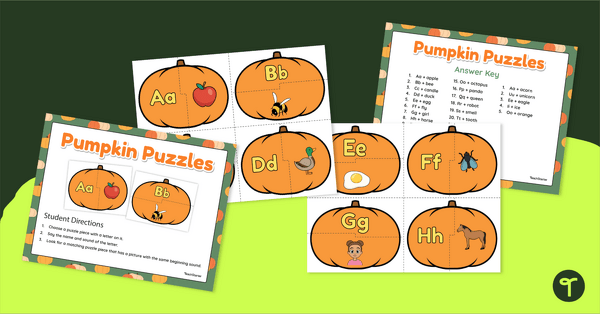
Pumpkin Puzzles - Initial Sounds Matching Game
Pick up letter-sound correspondence with a pumpkin picture puzzle matching activity.
- Plus Plan
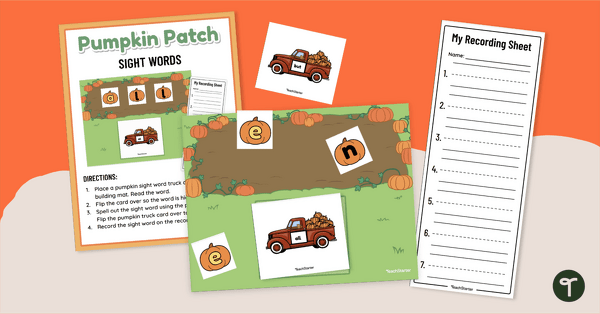
Pumpkin Patch Sight Word Activity
Build reading fluency and practise reading and spelling Dolch sight words with a pumpkin word-building activity.
- Plus Plan
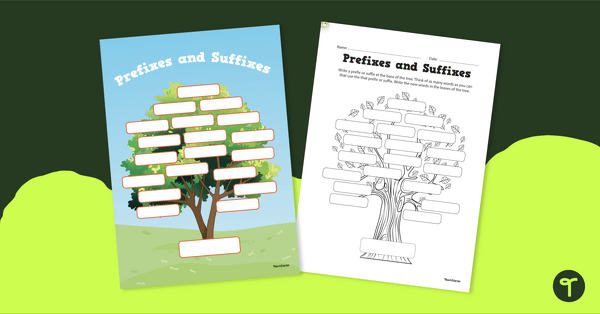
Affix Word Tree - Poster & Worksheet
Encourage vocabulary development with printable affix word tree anchor chart and worksheet
- Plus Plan
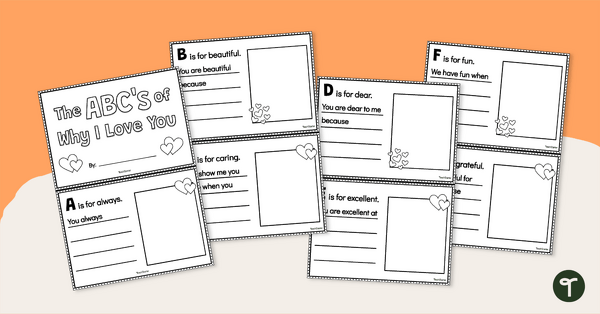
The ABCs of Why I Love You Mini-Book
Show someone special how much they mean by creating this lovely mini-book.
- Plus Plan
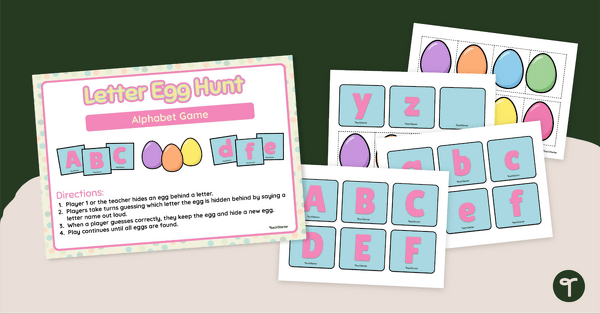
Easter Egg Alphabet Hunt
Practise letter recognition with this Easter egg alphabet hunt activity.
- Plus Plan
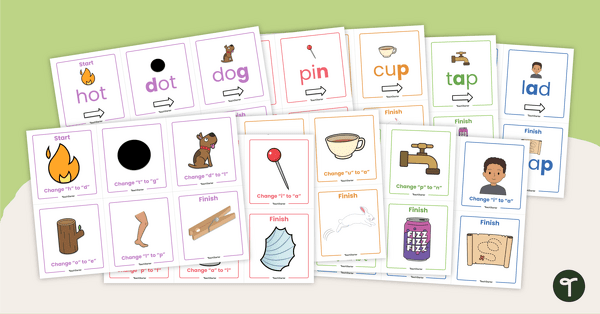
CVC Word Chain Sequencing Cards
Practise building word chains involving CVC words with these word chain sequencing cards.
- Plus Plan
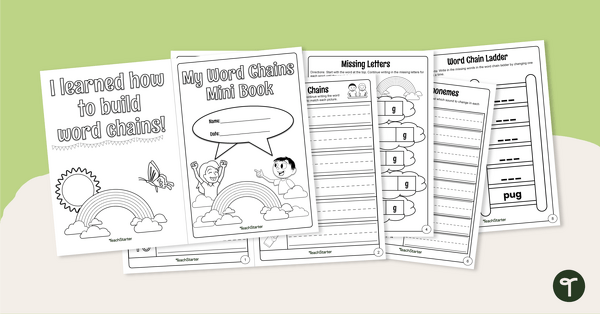
Word Chains Mini-Book
Practise spelling CVC words and manipulating their phonemes to create word chains with this fun-sized mini-book.
- Plus Plan

Which Phoneme Is Missing? Interactive Activity
Create word chains using CVC words with this engaging drag-and-drop phonics activity.
- Plus Plan
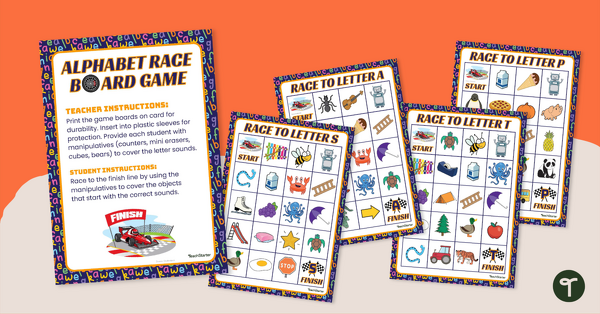
Letter-Sound Correspondence Games - Alphabet Race Bundle
Consolidate letter-sound correspondence with a set of 26 Alphabet Race printable games.
- Plus Plan
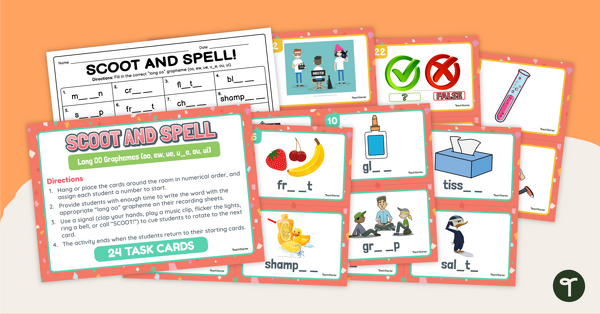
Long OO Graphemes - SCOOT! Task Cards
Explore words containing graphemes that make the ‘long oo’ sound with this active classroom game that will get your students moving!
- Plus Plan
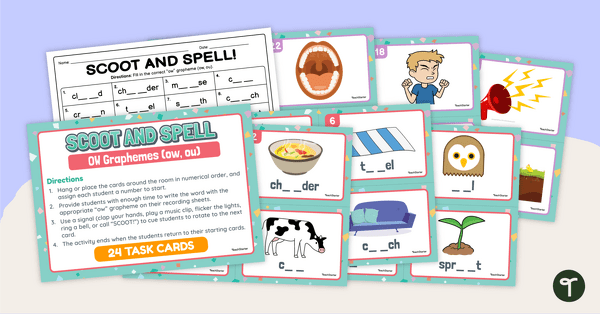
OW Graphemes - SCOOT! Task Cards
Explore words containing graphemes that make the diphthong ‘ow’ with this active classroom game that will get your students moving!
- Plus Plan
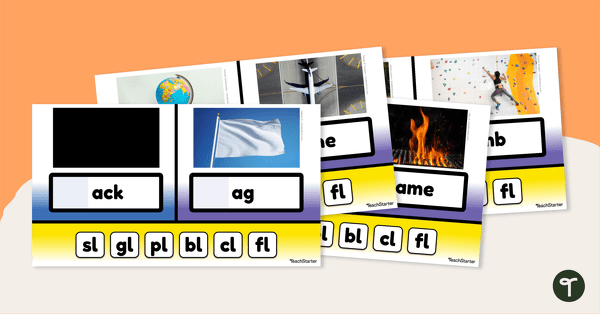
Initial L-Blends - Interactive Activity
Become familiar with words that begin with an l-blend using this interactive digital resource.
- Plus Plan

Word Building with S-Blends - Interactive Activity
Decode and segment words containing an initial s-blend.
- Plus Plan
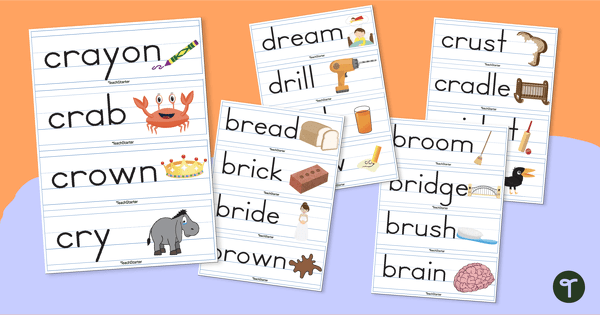
R Blend Word Wall Vocabulary
Forty-eight R blend vocabulary cards for a word wall.
- Plus Plan
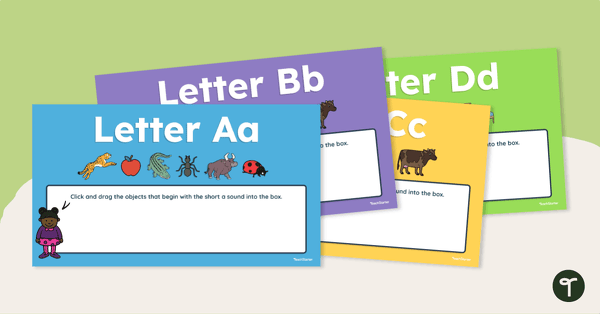
Initial Sound - Interactive Sorting Activity
Practise identifying initial sounds by working your way through each letter of the alphabet.
- Plus Plan
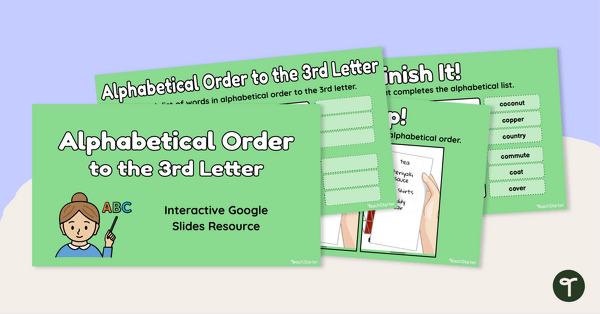
Alphabetical Order to the 3rd Letter - Interactive Activity
Practice alphabetising to the third letter with this interactive digital learning activity.
- Plus Plan
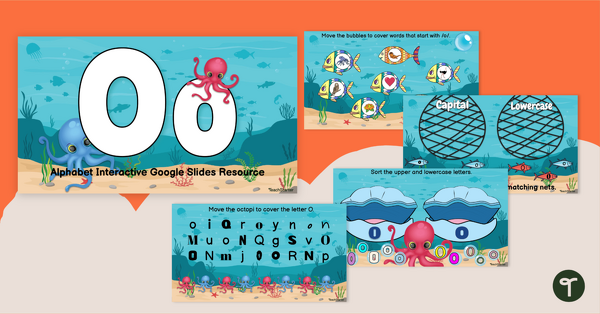
Alphabet Interactive Activity - Letter O
Explore the Letter O through technology with this interactive drag-and-drop activity.
- Plus Plan
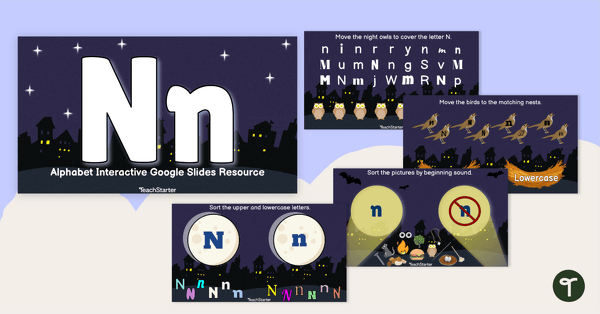
Alphabet Interactive Activity - Letter N
Explore the Letter N through technology with this interactive drag-and-drop activity.
- Plus Plan

Alphabet Interactive Activity - Letter M
Explore the Letter M through technology with this interactive drag-and-drop activity.
- Plus Plan
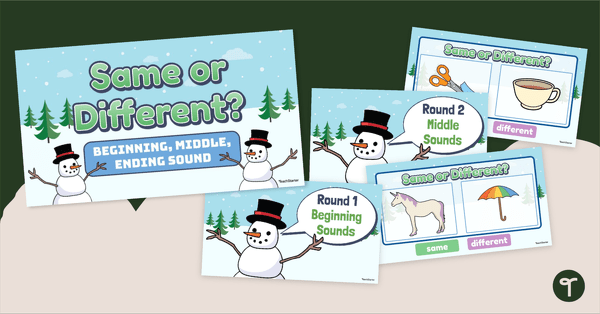
Beginning, Middle and End Sounds Interactive Activity
Practise isolating beginning, middle and ending sounds in words with a Google Slides interactive game.
- Plus Plan
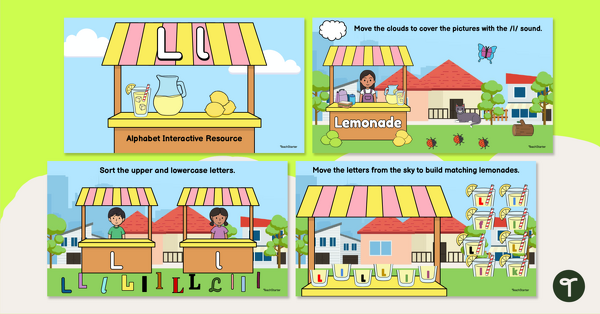
Alphabet Interactive Activity - Letter L
Explore the Letter L through technology with this interactive drag-and-drop activity.
- Plus Plan

Alphabet Interactive Activity - Letter K
Explore the Letter K through technology with this interactive drag-and-drop activity.
- Plus Plan
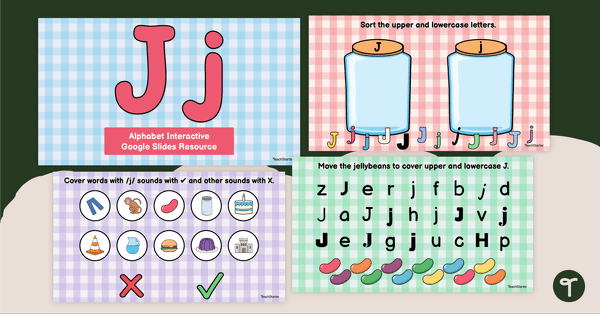
Alphabet Interactive Activity - Letter J
Explore the Letter J through technology with this interactive drag-and-drop activity.
- Plus Plan
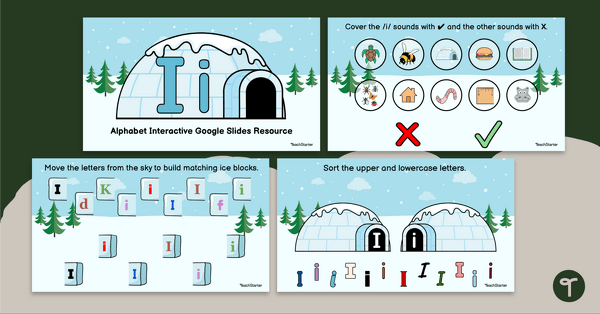
Alphabet Interactive Activity - Letter I
Explore the Letter I through technology with this interactive drag-and-drop activity.
- Plus Plan
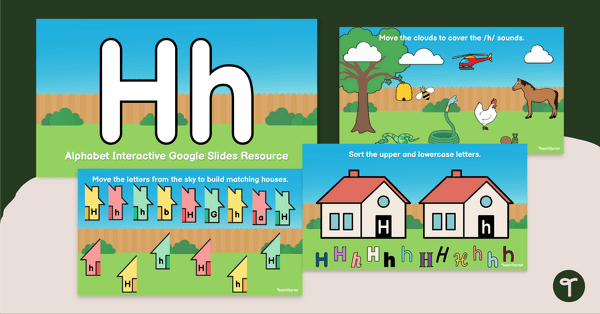
Alphabet Interactive Activity - Letter H
Explore the Letter H through technology with this interactive drag-and-drop activity.
- Plus Plan
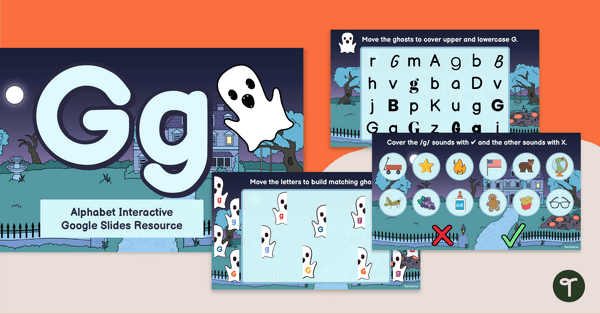
Alphabet Interactive Activity - Letter G
Explore the Letter G through technology with this interactive drag-and-drop activity.
- Plus Plan
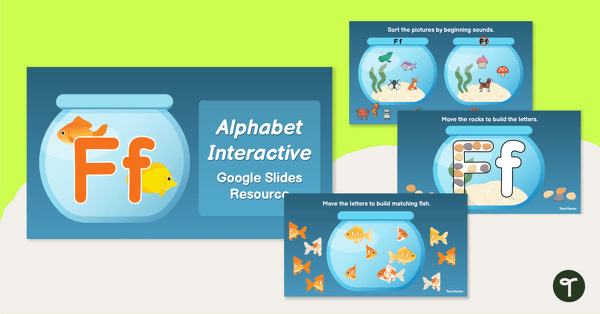
Alphabet Interactive Activity - Letter F
Explore the Letter F through technology with this interactive drag-and-drop activity.
- Plus Plan
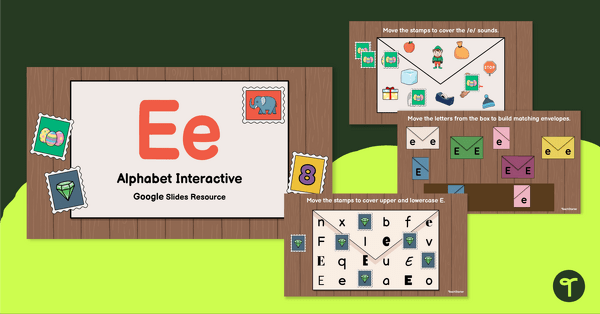
Alphabet Interactive Activity - Letter E
Explore the Letter E through technology with this interactive drag-and-drop activity.
- Plus Plan
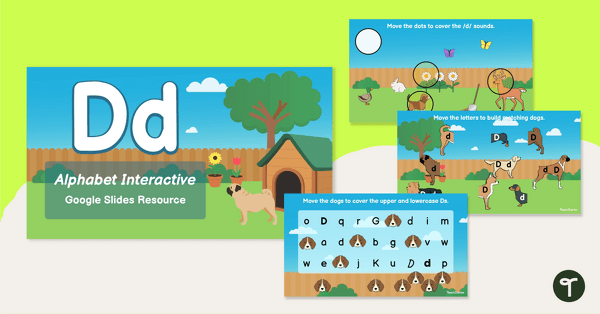
Alphabet Interactive Activity - Letter D
Explore the Letter C through technology with this interactive drag-and-drop activity.
- Plus Plan
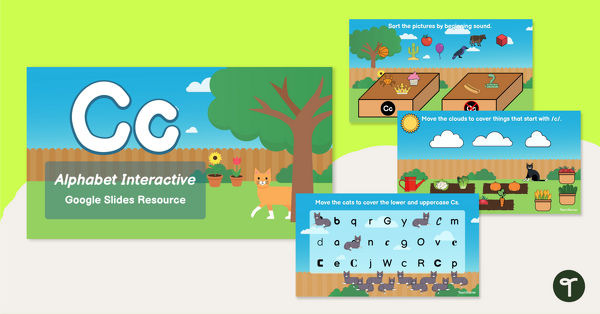
Alphabet Interactive Activity - Letter C
Explore the Letter C through technology with this interactive drag-and-drop activity.
- Plus Plan
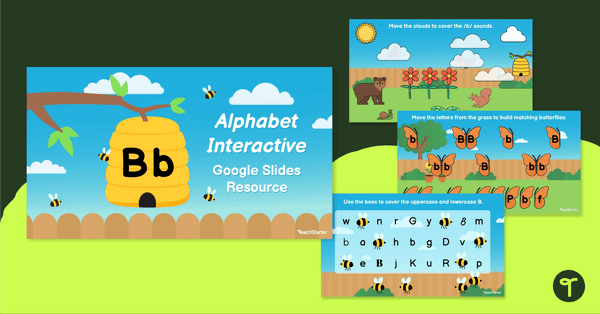
Alphabet Interactive Activity - Letter B
Explore the Letter B through technology with this interactive drag-and-drop activity.
- Plus Plan
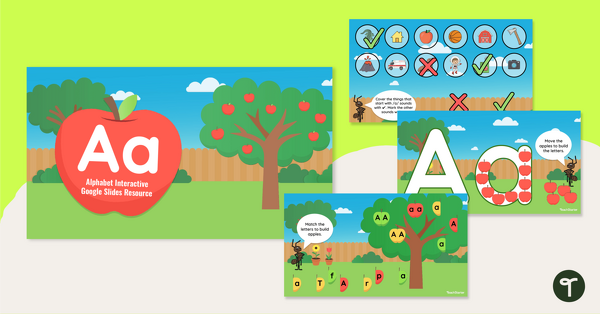
Alphabet Interactive Activity - Letter A
Explore the Letter A through technology with this interactive drag-and-drop activity.